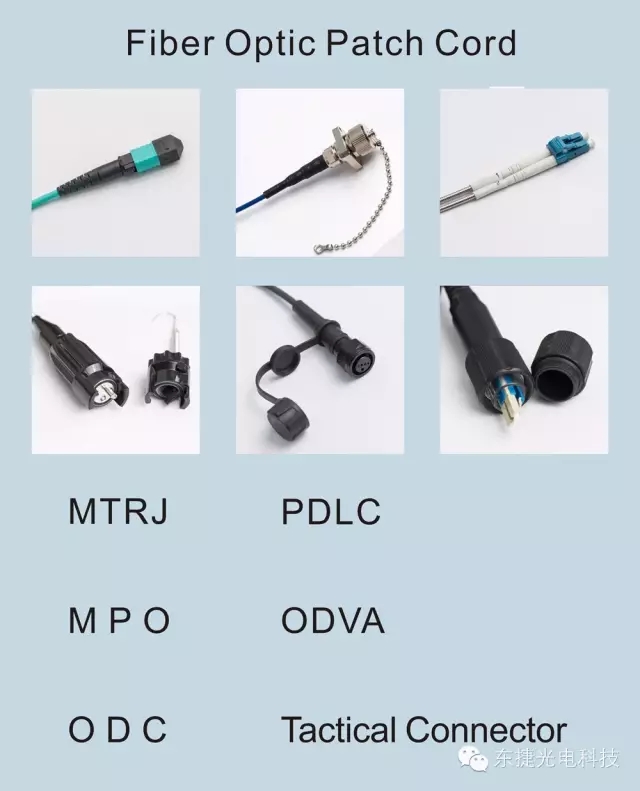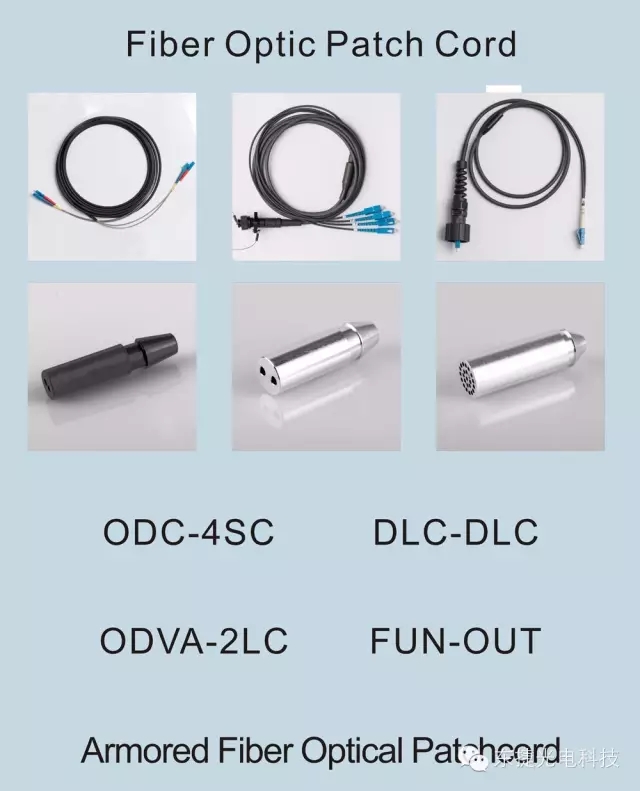发布日期:2017-11-23 查看:0
Along with the progress and development of human society, water, electricity, gas has become an indispensable infrastructure for people's lives, it is difficult to imagine a water, electricity and other ancillary facilities will sell the house. At present, we are entering the digital era from the industrial age, the prosperity and development of digital applications are changing people's way of life, but as the digital living carrier broadband infrastructure has not yet kept up, not become the standard infrastructure supporting housing. The reason is that the laying of optical fiber needs to be re constructed, which brings extra difficulties to operators and users, increases a large amount of money and time consumption, and finally seriously affects the digital process.
The challenge of operators' FTTH construction
At present, FTTH has become the mainstream mode of new broadband network operators, but at the same time, operators are generally faced with the traditional business by OTT extrusion, operating profit continued to decline, FTTH network construction investment, long payback period is placed in front of the operator of one of the common problems. According to the industry statistics, FTTH last mile home costs accounted for 10% ~ 20% of the cost per household. The second problem is the last mile fiber laying often face property obstruct and users do not fit the situation, such as property deliberately delay the processing time, for their own interests on or make unreasonable demands, even intentional destruction of broadband facilities; users can walk the line, because drilling will destroy the decoration and is not willing to cooperate. The third problem comes from technology, thousands of buildings, the scene is different, resulting in fiber laying difficult, time-consuming, and some buildings due to historical reasons difficult to complete the laying of fiber and transformation.
Two pronged approach to solve the problem of FTTH
Property developers have become accustomed to pipelines and cables for new homes, such as electricity, telephones and cable television. The most typical model is the developer and service provider cooperation in housing construction and renovation of existing public facilities, developers provide housing / building pipeline will be connected to the building outside the red line, there are generally 2 telephone pipes, 1 cable pipeline and 4 power pipeline. On this basis, the developer adds 2 optical fiber pipelines in the same channel, the cost is very small, and can avoid the pipeline to bring the weeks of permit application, design, coordination and construction work.
At the same time, the government should formulate standards and require developers to provide FTTH fiber to the home in the pipeline or direct housing new construction and renovation must, indoor optical fiber pipeline can also follow electricity, telephone and cable pipes such as wiring and go work at the same time, greatly enhance the fiber laying speed, and reduce the cost of optical fibers. The FTTH pipeline should comply with the industry standard (TIA/ANSI), and its bending radius, length, clearance and endpoint position should be matched, and the telecom cabinet is suitable for the number of households.
Fiber embedded home policy gradually become industry standards
In recent years, more and more regions and countries have begun to implement the policy of ftth. In 2012 China Ministry of industry and information technology combined with the Ministry of housing has issued "residential and residential construction FTTH communication facilities construction and acceptance", for residential construction units must be synchronized with the construction of communication pipeline in residential areas and building communication underground pipe, wiring and other communication facilities, pre home fiber laying, equipment room reservation. This greatly accelerated the progress of China's optical fiber deployment, only in 2014, China has completed the construction of 50 million lines of FTTH, 2015 is expected to reach 80 million lines.
Many cities in the United States have also implemented fiber to the household requirements, such as the Loma Linda in California, which was implemented earlier in the implementation of the "LLCCP". The City Council asked: "the city in all new commercial and residential buildings (or renovation of old building renovation of more than 50%) must be equipped with the new network infrastructure, in order to satisfy the demand of communication of the people", the specific requirements include: in the process of real estate development and spreading fiber pipeline, the establishment of community ODF, in the main bedroom configuration data cabinets, cabinets and optical fiber connected to the data frame, each room to install two Cat6 interface and a coaxial interface, and the design and materials of fiber optic networks by the city unified and standardized management.
In some parts of Europe also implemented FTTH requirements, the DIRECTIVE 2014/61/EU act in May 2014, in 2017 the full implementation of FTTH policy: all building permits submitted in December 31, 2016 after application, whether new or renovated, must be equipped with high-speed broadband network infrastructure, after the completion of acceptance issued by the "Broadband-ready" label, and the provisions of the network must be fair blanketly open to broadband service providers.
In addition, there is a very early implementation of South Korea, the upcoming policy of Morocco, Indonesia is actively promoting...... Many countries in the world are actively implementing the policy of fiber to the household.
Optical fiber embedded home although put forward new requirements for developers, but through collaborative construction and other pipelines, the developer of the incremental burden is very small, but the promotion of digital construction and area of FTTH is very significant, especially the existence of a large number of new housing and renovation of the area. In order to improve the process of FTTH deployment, accelerate the digital transformation, and promote the development of macro economy, we believe that the fiber embedded home should be a new infrastructure in the digital era, and should be promoted and implemented as a strategic requirement


